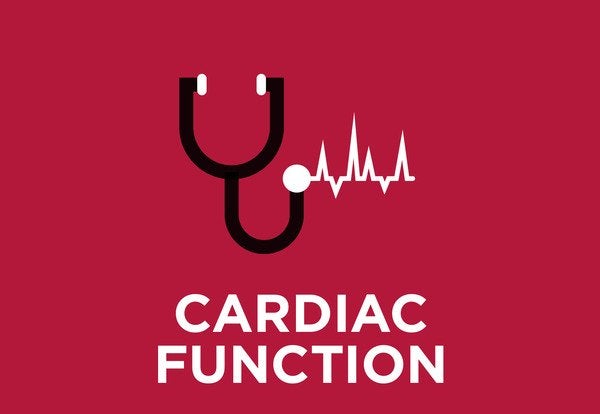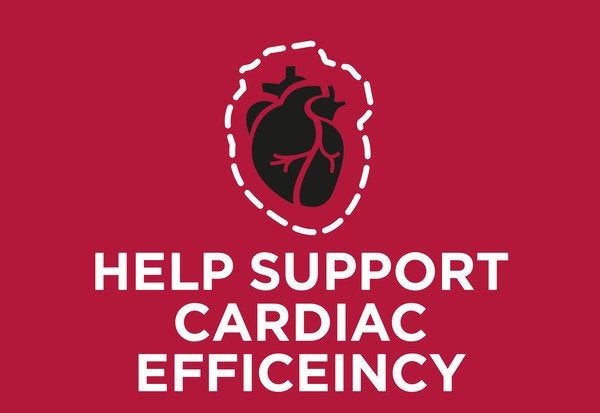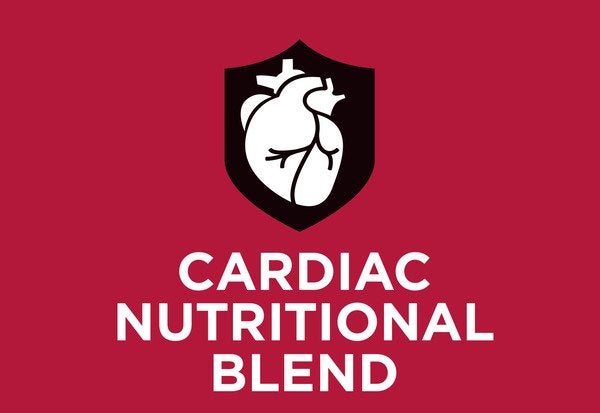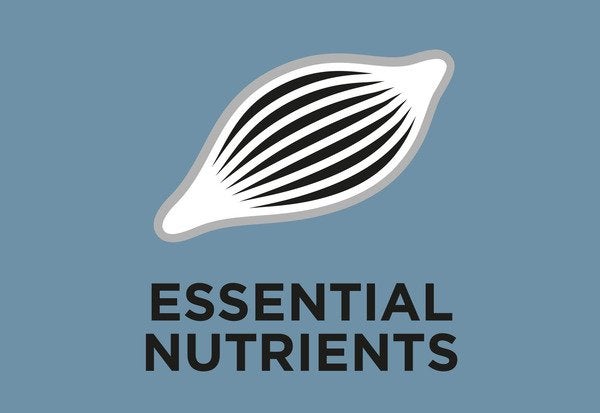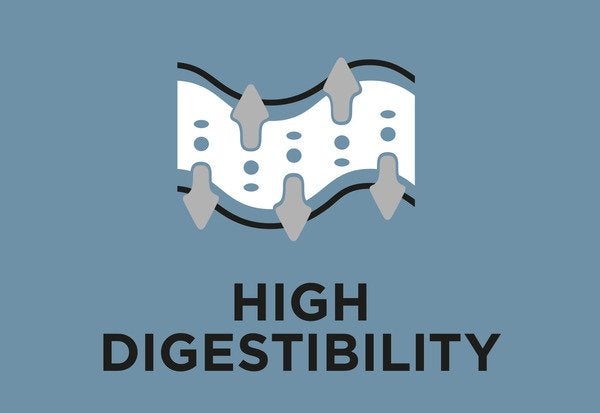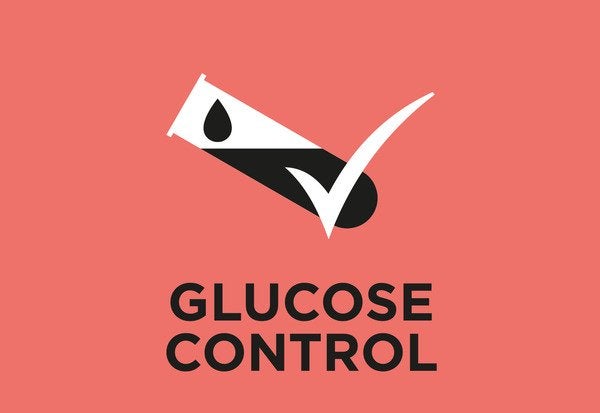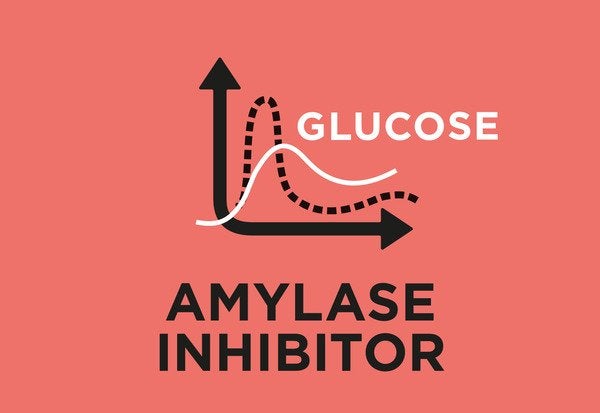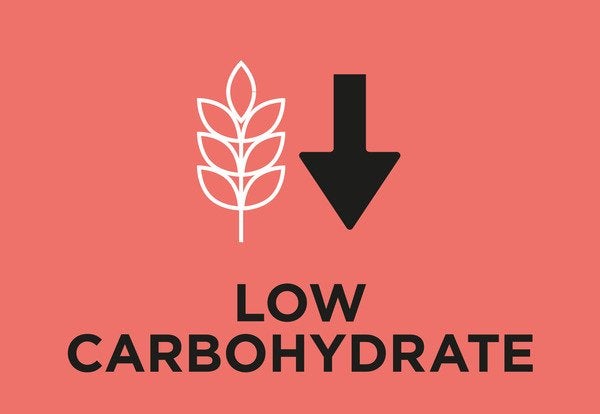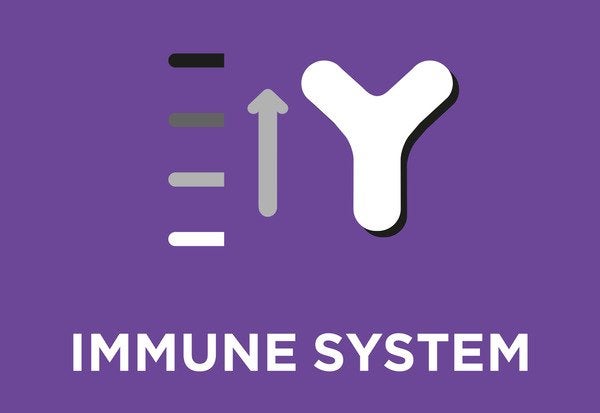While it has been believed that malnutrition increases veterinary patient’s morbidity and mortality, there have been no statistical quantifications of such data. Throughout 4 months, the research team gathered daily feeding data and outcomes for 276 dogs, this subject base was considered a reasonable representation of the pet dog population in the United Stated (due to balance amongst breeds, age, body weight, BCS, sizes and nurtured/spayed and non-nurtured/spayed dogs). The study’s objective was to estimate the proportion of hospitalized patients in negative-energy balance and to create at home and at hospital appetite after discharge. Within the 4 months, a total of 821 dog-days (24 hours of data) were evaluated after eliminating partial hospital days, and it was found that: 27% of the dog-days accomplished positive energy balance, defined as a > 95% resting energy requirement, and that 83% of 226 dogs were found to have normal appetite after discharge.
The 601 negative-energy balance dog-days were identified to be due to poorly written feeding orders, withholding feeding orders, and dogs refusing to eat the offered food. The relationship between caloric intake and the dog’s physical status score (PSS) was also reviewed and found that patients with lower PSSs consumed more daily calories than patients with higher PSSs, and were more likely to discharge.
 purina: insieme è meglio
purina: insieme è meglio











